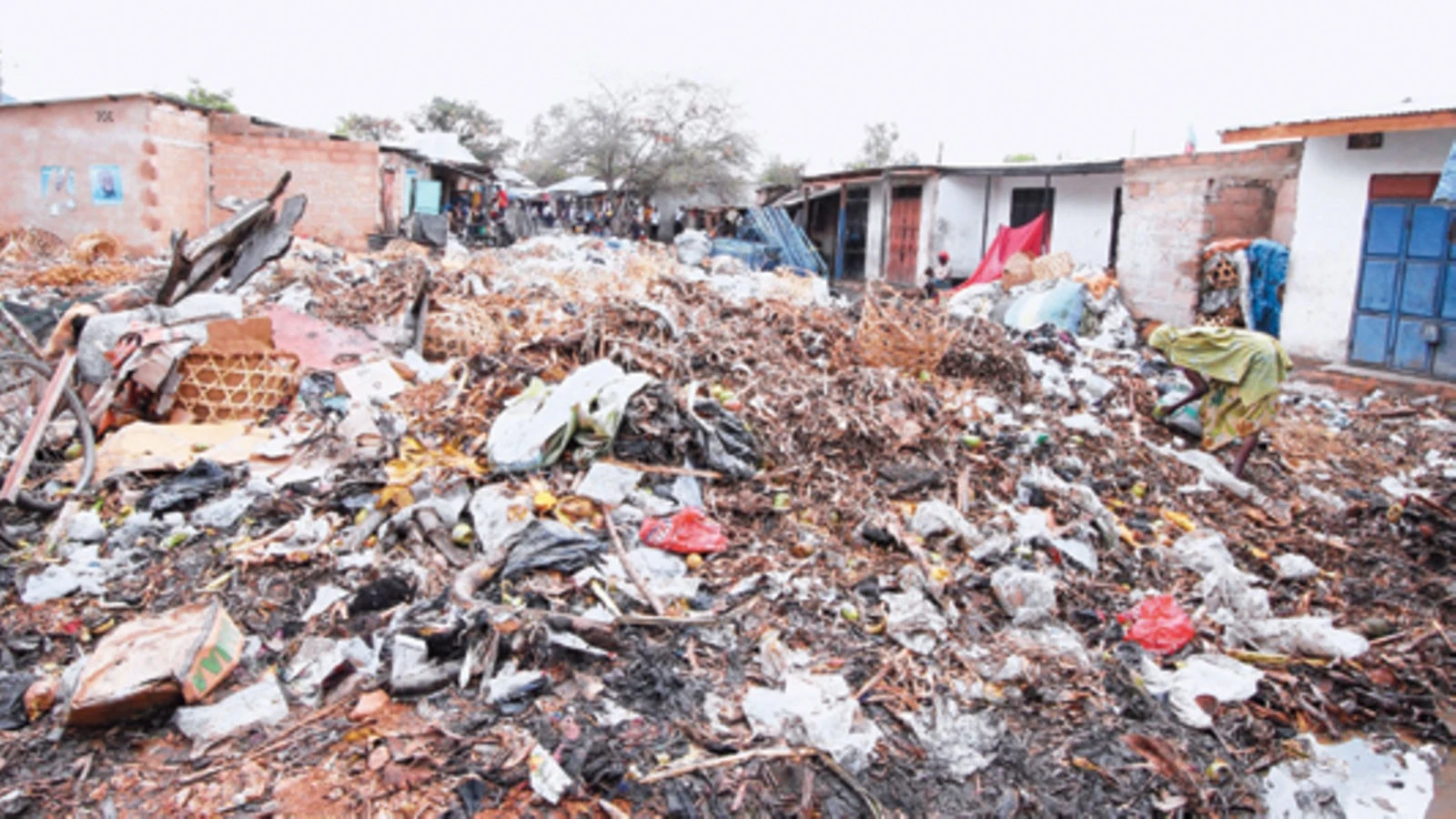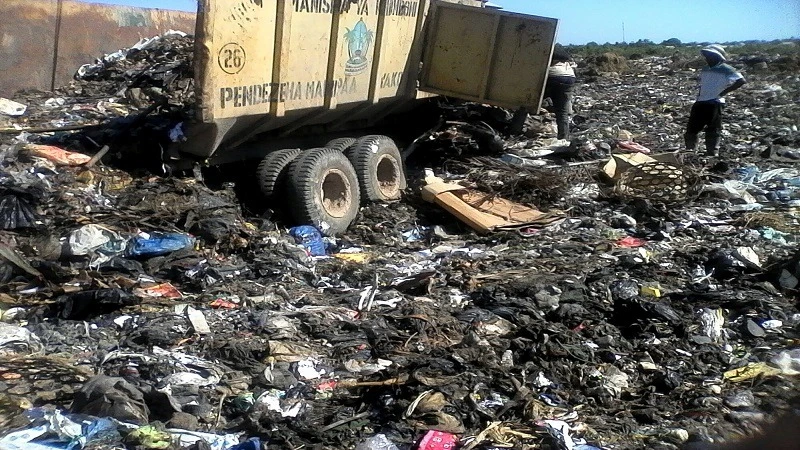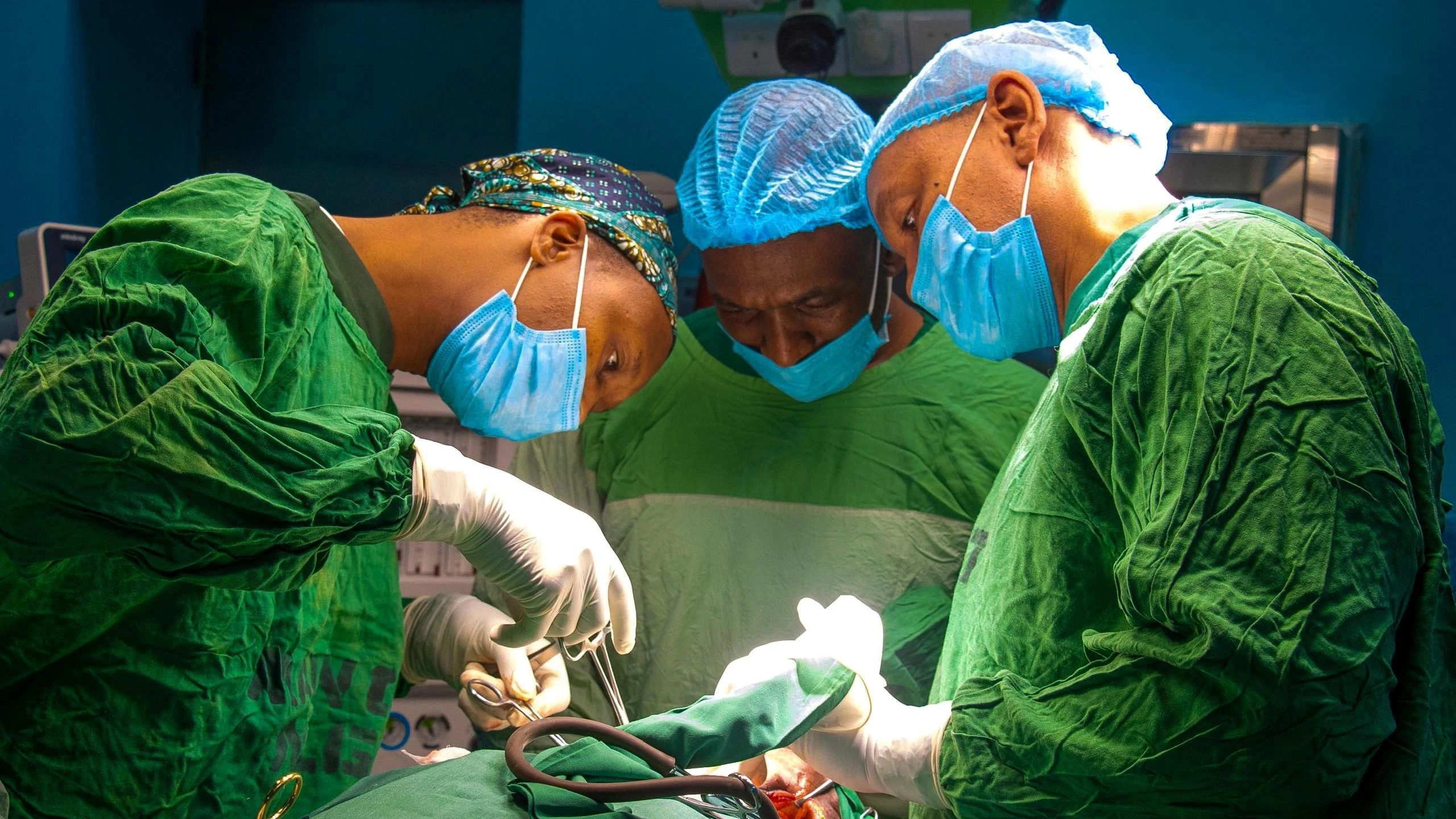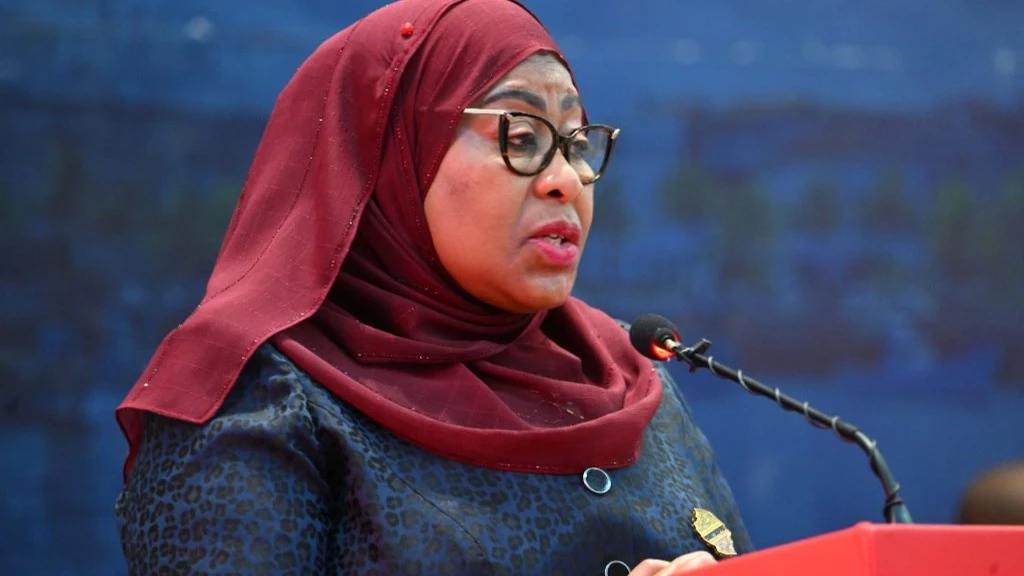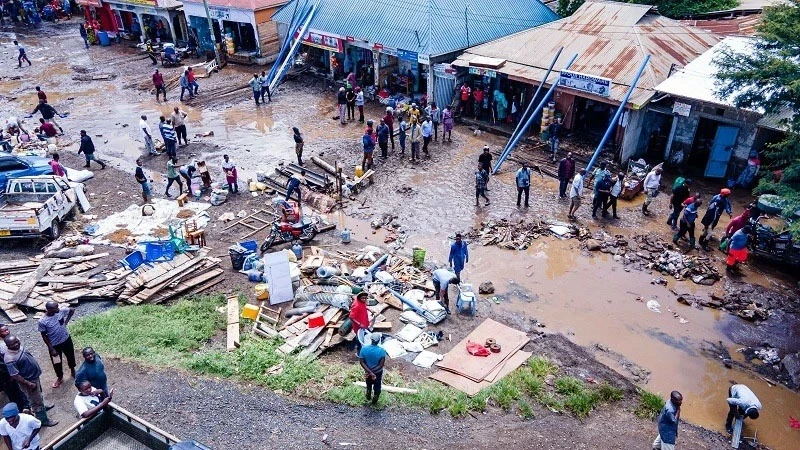Non-reliability of infrastructure: LNG connections merit rethink
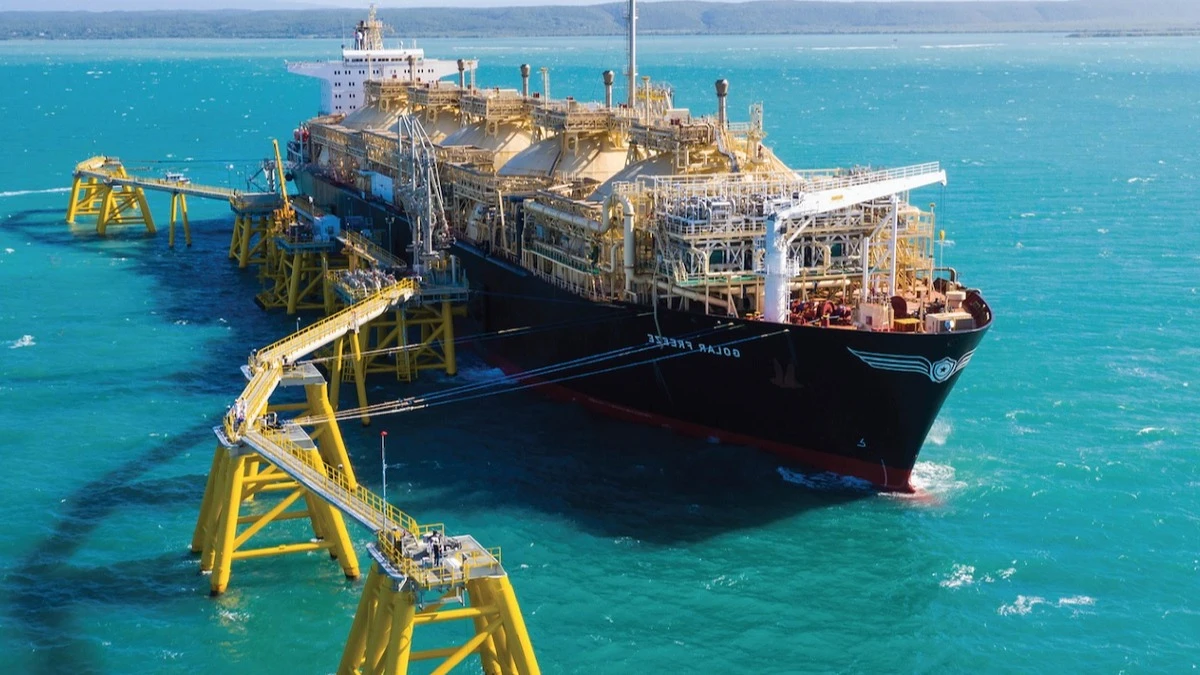
ENERGETIC expansion of connection with piped liquefied petroleum gas (LNG) meant for household consumption has been in progress in parts of Dar es Salaam city for quite some time – and is lined up for more regions.
The plan is to fast-track LPG connections in households, where the focus for the past four years or so has been Dar es Salaam, Lindi and Mtwara regions.
Many will be unaware of the precise map of how the connections are done or the design of such outlays, but then it is evident that one needs a situation where disruptive redevelopment is minimal.
There is a preliminary issue that appears to have been resolved now that the energy shift from charcoal to natural gas has been adopted as national policy.
Of course, it takes fairly little in terms of investments for a neighbourhood to freely use waste chambers or dumpsites to generate household use electricity.
It would be much cheaper, with an option of coal dust and crop waste or wood sawing dust mixed to form equally cheap briquettes for cooking. All these options have been all but closed out at the policy level apparently because some natural gas sellers at times stand as policy advisers as well.
Yet, with the periodic fires and various other accidents that occur in market areas or business clusters, onerous dependence on natural gas leads to repeated disasters.
Electricity is easier to facilitate access as it is connected far above the ground and usually has an identifiable, movable link at a moment’s notice. To the contrary, gas is more like water and much more complicated to hold.
A legislator once noted that households in his constituency have been connected to electricity by over 95 per cent.
The Energy ministry wishes to do much the same thing for gas, while the MP talked of convincing the public to make a swift shift from charcoal to LNG and biogas. Hopefully, there is biogas in his area now.
Where the government needs to emphasize on the gas use shift is less at homes than in motor vehicles, starting with government ones.
It would help at least to lessen costs for the taxpayer and use the savings elsewhere – and, in the case of commuter traffic, to lessen fare levels.
Here all that is needed are orders to expedite the shift or alternatively allow private firms to set up the necessary outlays.
But, sadly, over-extended parastatals take a lot of time preventing other service providers from invading this sphere where ‘national’ agencies believe they are sufficient for the task.
The MP aptly noted that the problem in energy is mindsets, whereas the critical issue is bureaucracy. But how many care?
So the push to finish with households by mid next year may not be a viable proposition considering the probability of errors in handling continuous gas flow in skimpy or hurried construction of both public outlays and domestic facilities being prohibitively high.
Again domestic use is easily covered by cylinders, especially if they are to be freely handed to new users, instead of being sprinkled on communities as donations by vote seekers, among others.
The LPG lobby is frantic about the vast household market for gas, and battling with the cylinder people on who gets there first. This closes out free cylinders, biogas, solar or briquettes as pipes are being connected with full force.
Top Headlines
© 2024 IPPMEDIA.COM. ALL RIGHTS RESERVED






